This disease is a subset of arthrosis, characterized by wear of cartilage in the neck. The loss of the softening pad leads to increased friction between the vertebrae, inflammation of the adjacent tissues and deformation of the bones. A clear manifestation of uncoarthrosis is the presence of osteophytes. If you do not treat the disease, the neck will become completely immobile.

Uncovertebral arthrosis of the cervical spine
Disease, which is chronic and degenerative-dystrophic in nature, resulting in squeezing and loss of cartilage tissue in the spine( cervical region) - is medically called uncoovertebral arthrosis. Separate pads of the vertebrae located in the neck region, as a result of the action of a complex of factors, are subject to premature wear. Because of the destruction of cartilage there is pain and a mass of neurological disorders caused by compression of the surrounding blood vessels and bundles of nerve endings, the neck's ability to work is affected.

Normal movement in the cervical region is disrupted and various neurological symptoms appear
The disease often affects the facet joints, leading to pathologies in the anatomy of the transverse canal. As a result, the bundles of neural-vascular bundles suffer from compression. Uncoarthrosis leads to loss of sensation and normal nervous reflexes.
material Content
- 1 Causes of neck disease "unkovertebralny osteoarthritis»
- 2 It affects disease
- 3 Symptoms of intervertebral discs
- 3.1 Features of pain in the cervical osteoarthritis
- 4 As a physician determines the presence of cervical unkovertebralnogo osteoarthritis
- 5 Driving treatment of osteoarthritis of the neck
- 6 relieve symptoms of unkoartroze folk remedies
- 6.1 Video - Radiofrequency treatment of arthrosis of intervertebral joints
- 6.2 Video - Exercises for the neckosteoarthrosis and thoracic osteochondrosis
Causes of the appearance of the disease of the neck "uncoovertebral osteoarthrosis"
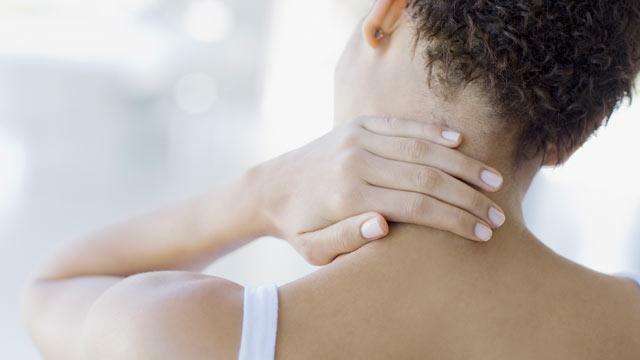
Causes of development of uncoarthrosis
The causes leading to the emergence of cartilage dystrophy are classified into the following groups: acquired, congenital, caused by a combination of unfavorable factors.
Causes of congenital pathology:
- flat feet( due to incorrect foot position, the load on some parts of the spine increases several times);
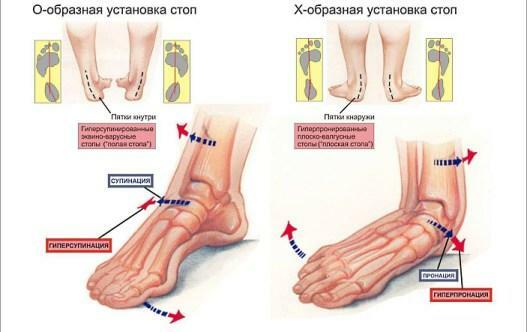
Disease of the leg - the presence of a flat, resting on the entire sole of the foot, without the excision of the
- of the Aulenic syndrome;
- abnormalities in the thyroid gland.
Acquired neck arthrosis can be caused by:
- injuries of the cervical segment of the back;

Neck injury - the cause of uncoarthrosis of
- with acute and chronic spinal injuries;
- by displacement / dislocation of the head of the hip;
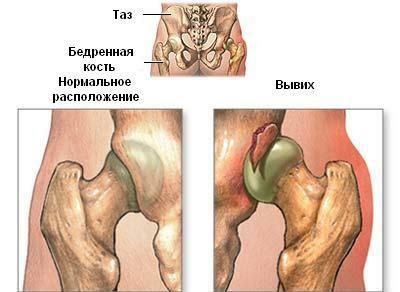
Dislocation of the thigh
- by polio( as one of the consequences);
- excessive weight and hypodynamia;

Hypodynamia and overweight
- immoderate physical exercises, heavy sports;
- with monotonous movements, leading to muscle overstrain;
- metabolic disorders.

Disease disorders of metabolism
Wrong tactics of weight lifting or any other dynamic exercises in the gym, long sitting in a strained posture( statics), constantly incorrect posture, excess weight is a direct way to the occurrence of problems with the back and neck. It leads to the development of the disease and the lack of nutritional articular cartilage.
What does the
disease affect?At first the disease may not manifest itself, but with significant destruction of the cartilaginous tissue of the intervertebral disc, a person who encounters uncoovertebral cervical arthrosis experiences severe pain. Vertebrae, losing softening cartilaginous pillows, lose cushioning, which is the main condition for free movement without pain. The enslavement of the neck leads to increased loads on the entire spine, to traumatizing the muscles and vessels of the cervical spine.

Severe pain in the cervical region as a symptom and consequence of the development of the disease
With the loss of the fluid component, the cartilage becomes not elastic, loses its structure. The body tries to compensate for the lack of depreciation due to the appearance of bone osteophytes. These outgrowths arise opposite each other. Also in the cervical ligaments, calcium deposits occur, which reduces their mobility and elasticity, and makes them fragile and fragile. Bunches can no longer properly perform their tasks associated with fixing the intervertebral discs and those, as a result, go beyond the vertebral bodies, damaging and squeezing the nerves around. With a strong protrusion of the crushed discs, hernias are formed, which further infringe the blood vessels and bundles of nerves, which leads to the appearance of neurologic symptoms - drawing pains in the sternum, etc.

Normal vertebrae and affected by arthrosis
The spinal support functions for calcification of ligaments and loss of cartilage are reduced. Adaptive response of the body - the appearance of bone growths, on the bones deprived of the usual support. But osteophytes are rigid, so vertebrae begin to press on nerves and blood vessels, infringing them.
The initial stage of uncoarthrosis is characterized by a relatively short pain that occurs only with awkward movement. Further, the destruction is exacerbated, so the pain does not pass and in the absence of movements. But the pain is not the most terrible, it is much sadder that the neck with uncoarthrosis can not move normally.

If you consult a doctor in a timely manner, you can very quickly - within 1-2 weeks, correct any violations
Symptoms of intervertebral disc disease
If any of the signs of the disease appear, we recommend urgently to seek medical help: Uncoarthrosis progresses quickly. Signals of the pathology are as follows:
- periodic pain in the neck;

Neck neck
- neck loss, difficulty or pain when turning the head, performing simple gymnastic exercises;
- is an obvious crunch or clicks that are heard from the side, arising when you tilt, turn, or warm up your neck;
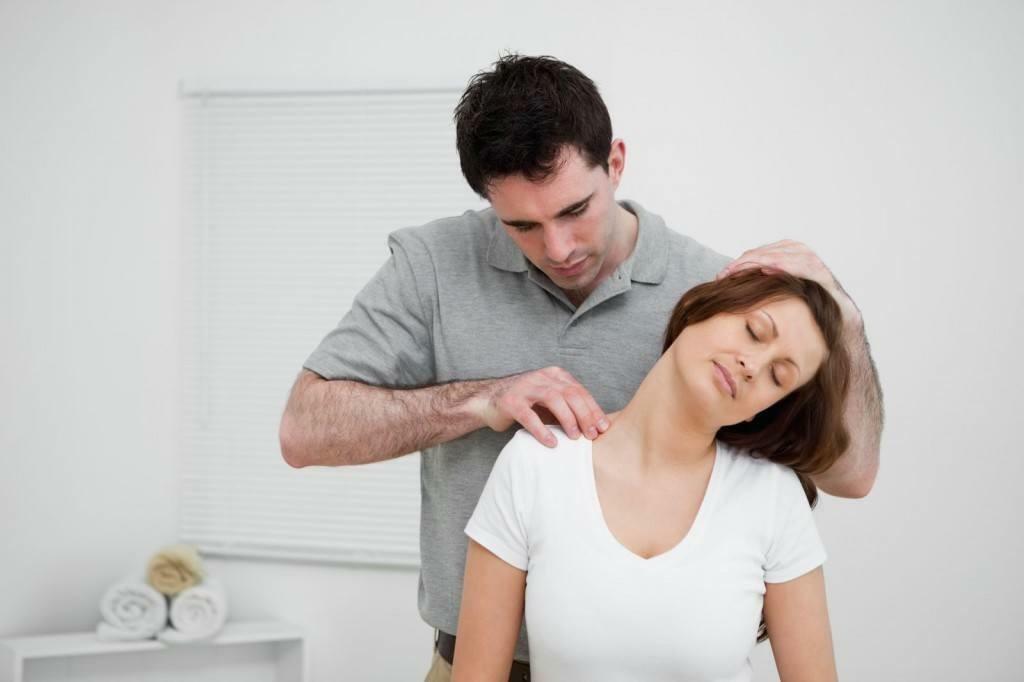
Crunch and clicks of the vertebrae
- emergence of failures in the stability of the functioning of the cervical spine: a severe pain that arises in an uncomfortable posture( this may be a sign of the presence of subluxation of the joints).The pain passes after massaging the diseased area or fiz.exercises;
- numbness of the lower part of the face;
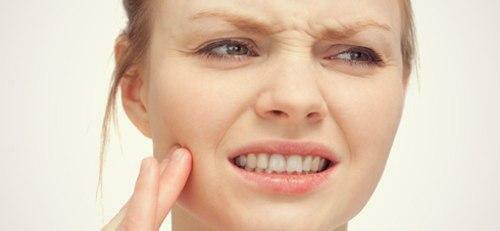
The lower part of the face grows numb
- chest pain, unstable blood pressure;
- decreased visual acuity and / or hearing, tinnitus, pupillary narrowing;
- presence of dizziness, unsteadiness of gait;
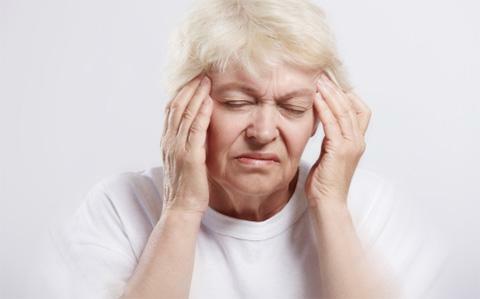
Dizziness
- pain when raising hands, feeling numbness in fingers or whole arm;
- headache;
- appearance of nausea;

Nausea and headache
- weakening the sensitivity of nerve endings in the neck.
Features of pain in cervical osteoarthritis
Pain in the neck with osteoarthritis is local, you can find its "center" - a cervical vertebra with a broken cartilage, pressing on the nerve endings in the ligaments. At the initial stage, pain sensations can appear in connection with sharp movements of the head, tension of the muscles of the neck.
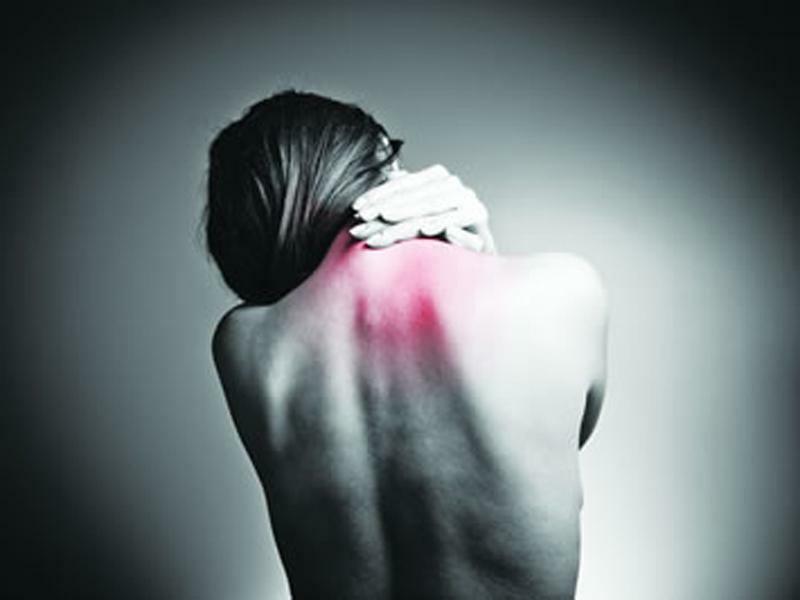
Features of pain
Unpleasant sensations in the neck decrease from the gymnastics( not in the acute phase) or from the inclination of the head, followed by a characteristic click in the affected area( the vertebra rises into place).
The growing pain that appears if a person does not change the position of the body for a long time, indicates the development of the disease.
How the doctor determines the presence of cervical unco-vertebral osteoarthritis
The diagnosis involves a detailed interview of the patient, allowing to make an opinion about the duration and nature of the disease, its genesis and prognosis.
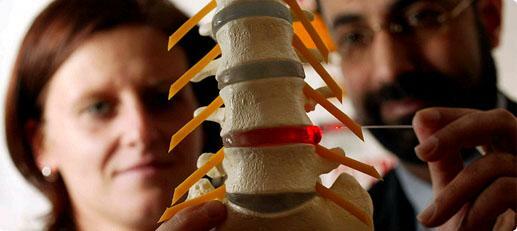
Diagnosis
The examination program of the patient includes:
- human examination, with the definition of a neurological status;
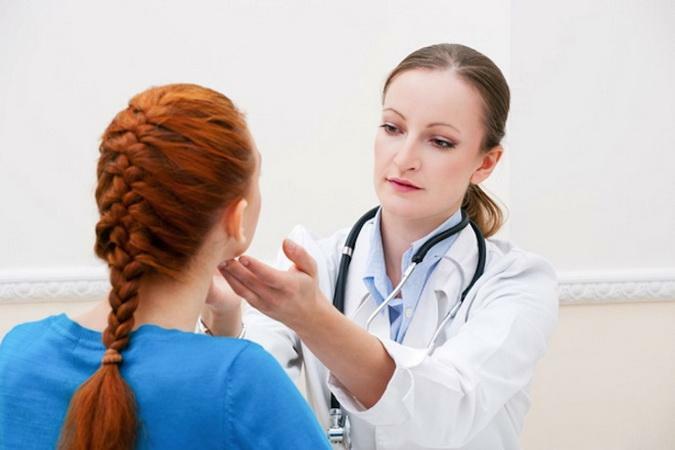
The doctor examines the
- appointment of an X-ray of the cervical spine;
- appointment of computed tomography;
- the appointment of magnetic resonance imaging on a tomograph.
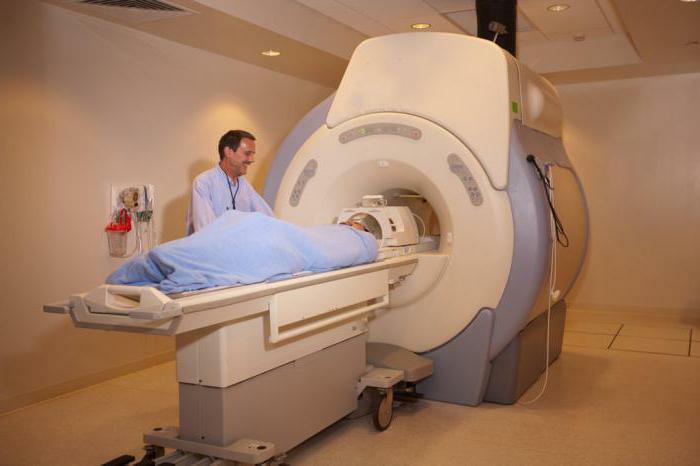
Magnetic resonance imaging
During the examination, the doctor discovers the localization of pathological muscle spasms, specifying the place and depth of the process with the help of MRI or CT, X-ray image.

Osteophyses of the cervical spine form new joints between the vertebrae - uncovertebral
. Also the doctor can refer the patient to specialists of adjacent directions - to the cardiologist for elimination of diseases of the cardiovascular system with similar pain symptoms, to the vascular and neurosurgeon, with the appearance of pains in the parotid region - tootolaryngologist, with problems with vision - to the oculist, with the appearance of headaches and dizziness - to the neurosurgeon. These doctors will help clarify the picture of the disease, excluding other causes of symptoms similar to those of cervical osteoarthritis.
Scheme of treatment of neck arthrosis
Treatment implies an outpatient treatment. However, with a neglected disease, conservative methods may be ineffective. Then surgical intervention is justified. The doctor removes bone growths from the vertebrae, and, using artificial materials, restores the crushed intervertebral disc.
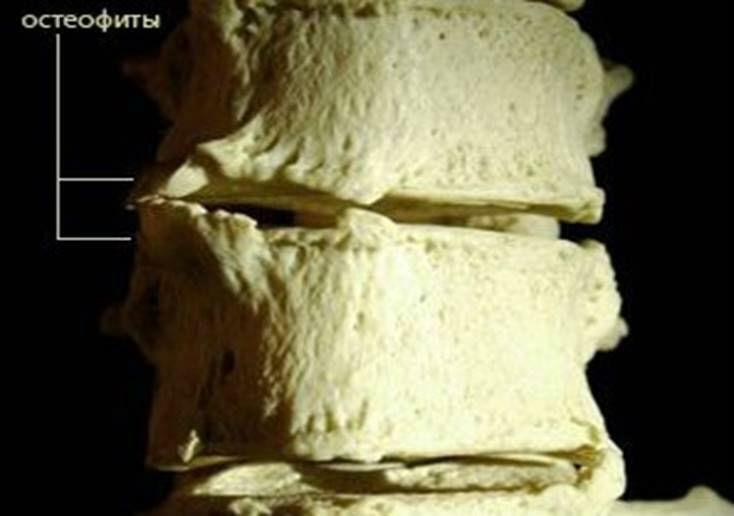
Spine osteophyte
- Very often a patient comes to a doctor only when he is already in pain. Therefore, the doctor's first task is to relieve pain, improving the patient's quality of life. With exacerbation, it is necessary not only treatment, but also rest for that part of the spine where the problem arose. It can provide an orthopedic design - the collar of Shantz. This device allows you to remove unnecessary strain from the muscles surrounding the vertebrae. Terms of wearing a collar are determined by the doctor.
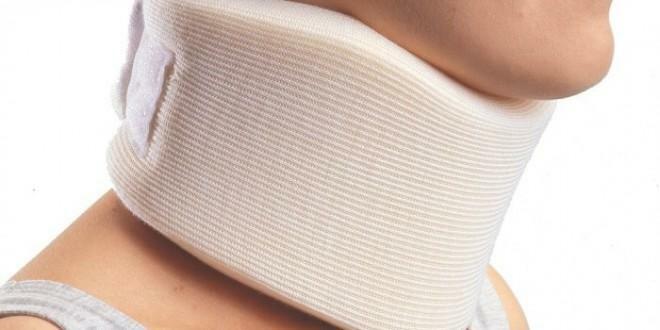
Collar of Shantz
- With pain the doctor prescribes medication, including muscle relaxants. This is done to relieve inflammation, swelling and clamping of the nerve bundles. After the muscular spasm, characteristic of unco-vertebral arthrosis, passes, the doctor recommends massage in combination with physiotherapy exercises. The course of taking NVP should be small, only to relieve acute pain, constant and especially independent intake of drugs from inflammation and pain( naproxen, celecoxib, nimesulide, diclofenac, etc.), and especially myorelaxing drugs( sirdalud, etc.)is prohibited.
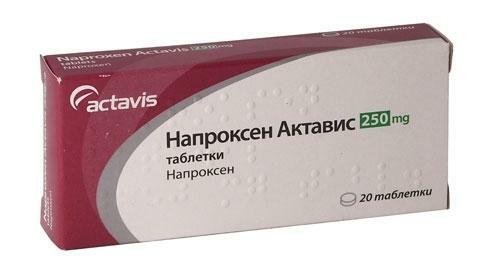
Drug administration is prescribed only by the doctor
- . In addition to the NSAID, the treatment necessarily includes medications, the task of which is the activation of the circulation, supplying nutrients to the nerve endings in the spine. This group of drugs is designed to improve metabolism in tissues, to ensure normal blood flow. Medications: Actovegin, prodektin, kurantil, pentoksifelline and so on.

Kurantil
- For further maintenance of the spine, the specialist prescribes the use of medicines from the group of chondroprotectors. The meaning of their reception is in inhibiting the degenerative processes in the cartilaginous tissue and maintaining the normal level of the components feeding the cartilage in the body. The main active ingredients are chondroitin sulfate and glucosamine. However, one must understand that there is no medicine capable of returning the spine 100% to its original( healthy) state. You can only slow down the destruction of the intervertebral disc cartilage.
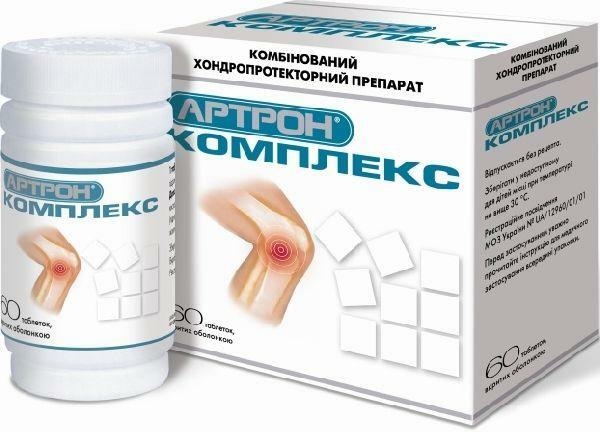
Arthron complex( chondroitin sulfate, glucosamine)
- Physiotherapeutic procedures can be prescribed for an early restoration of tissue damaged without inflammation: electrophotophoresis, sinusoidal modulated currents, darsonval, amplipulse, reflexotherapy sessions. To reduce pain, physiotherapy sessions with analgesic solutions( novocaine, lidocaine) are conducted. Ultrasonic, laser and microwave therapy is applied, applied heat effects are performed. Local barotherapy, treatment with leeches and mud, homeopathic applications are shown.

Hirudotherapy
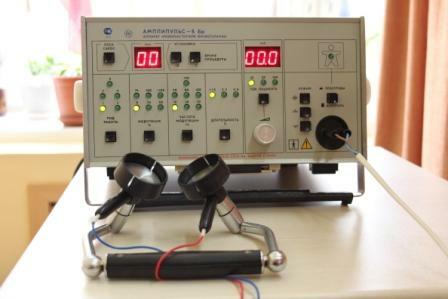
"Amplipulse - 5 Br" - a low-frequency physiotherapy apparatus provides a curative effect by modulated sinusoidal currents of audio frequency
- To return to the normal course of life with uncoarthrosis, massage, exercise therapy and manual therapy sessions are extremely important. It is recommended that in any type of arthrosis carefully choose a professional who will work with your spine: too great a risk to worsen the situation by overstressing the affected joints.
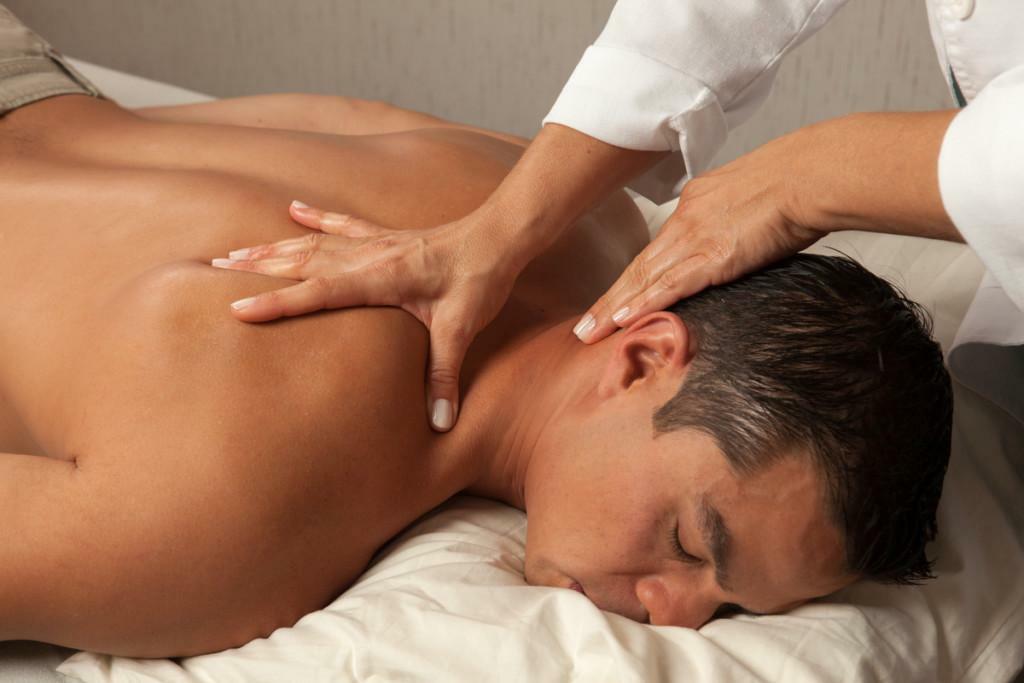
Manual therapy and massage
- Another doctor's appointment is vitamin and mineral complexes.

Vitamins
- For anesthesia in non-acute periods, local agents are used: ready-made pharmacy ointments and creams. It is acceptable to administer intravenous or intravenous injections to intensify metabolism and normalize blood flow at the site of injury.

For the treatment of uncovertebral arthrosis, ointments
are used. Relief of the condition with uncoarthrosis with folk remedies
With increasing life expectancy, arthroses of different nature have become permanent companions of mankind. All folk remedies have no effect on the causes of the disease, but rather help to combat its unpleasant manifestations. Traditional flour and compresses reduce pain, activate local blood circulation. It is very important not to forget about the basic treatment, since traditional medicine only complements it.
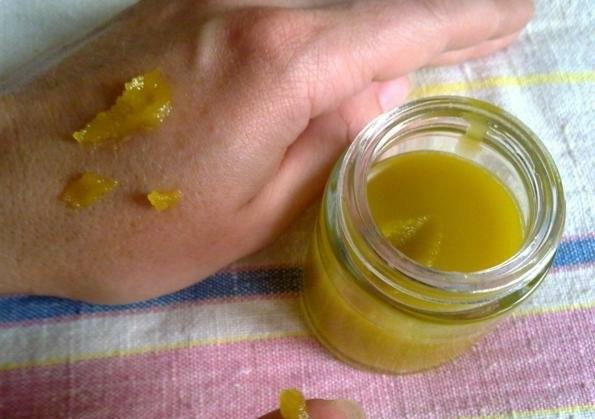
Ointments with Propolis
For pains in the neck are indicated to the use of rubbers and home ointments with propolis and any warming animal fat( shark, badger, bearish fat).For the same purpose, a warming massage with linseed oil and turpentine is used.

Turpentine for massage and grinding



